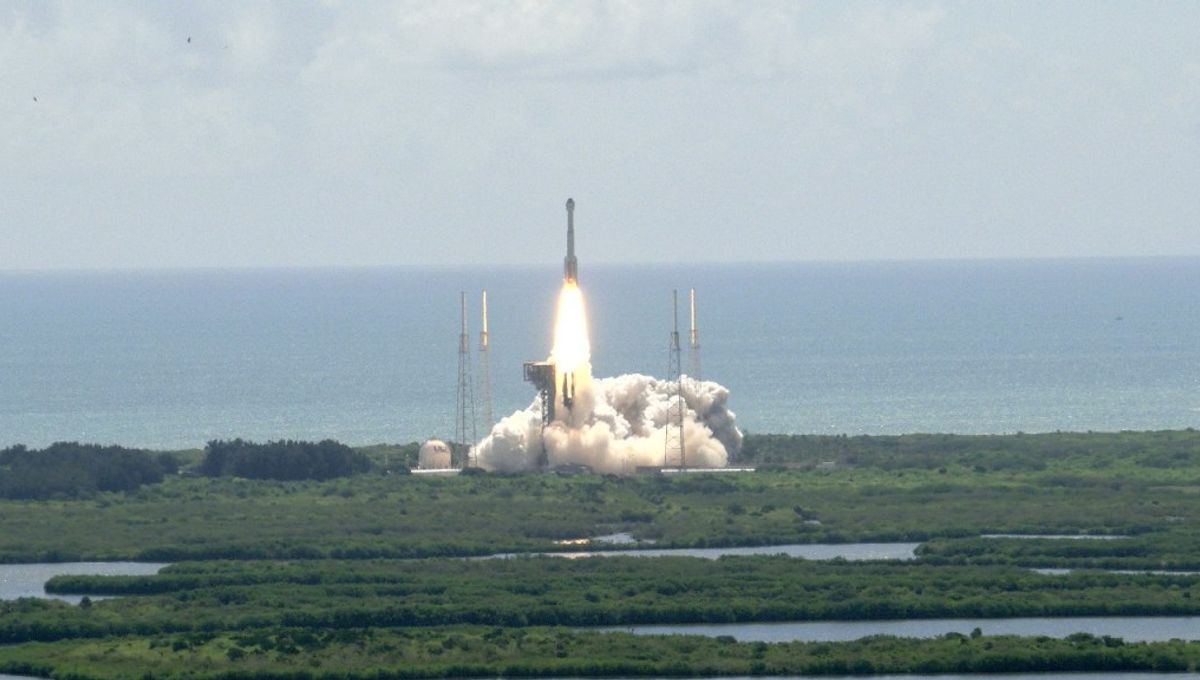
On June 5 at 10:52 am ET, Boeing’s Starliner Calypso took to the sky carrying NASA astronauts Barry Wilmore and Sunita Williams to the International Space Station (ISS). This was the third and final test for the commercial vehicle and its first crewed test to demonstrate that Starliner is a safe way to ferry astronauts to and from the space station.
It was a long road getting here. Boeing had originally planned its first crewed test in 2017 but it was postponed time and time again. The latest delay moved this crewed test from last August to May 2024. This was necessary to resolve issues with the parachute system and wiring harnesses among other less significant issues.
Then the May 6 launch was scrubbed two hours before liftoff. It continued to be delayed due to a helium leak in the service module. Another attempt was planned for Saturday, June 1. The scrubbing took place just 3 minutes and 50 seconds before launch after a faulty power supply caused a computer to register a loss of redundancy.
But now Starliner is up in orbit, launched on top of the powerful Atlas V rocket.
Wilmore and Williams are expected to be in space for about a week. While on the ISS, Starliner will be tested as a “safe haven” – a protected environment within the space station that could be used in case of emergency. This will be useful in the future when the capsule will stay attached for up to seven months.
The plan is for Starliner to fly back down in the American Southwest. During the descent, it will deploy a parachute that will slow the capsule down to 6.4 kilometers (4 miles) per hour. The landing will be cushioned by the deployment of six airbags.
Starliner can be reused up to 10 times and will be used just like SpaceX’s Crew Dragon capsule, to bring people and cargo to the ISS. SpaceX’s first crewed mission was in 2020.
Source Link: Boeing's Starliner – Finally – Successfully Launches Astronauts To Space